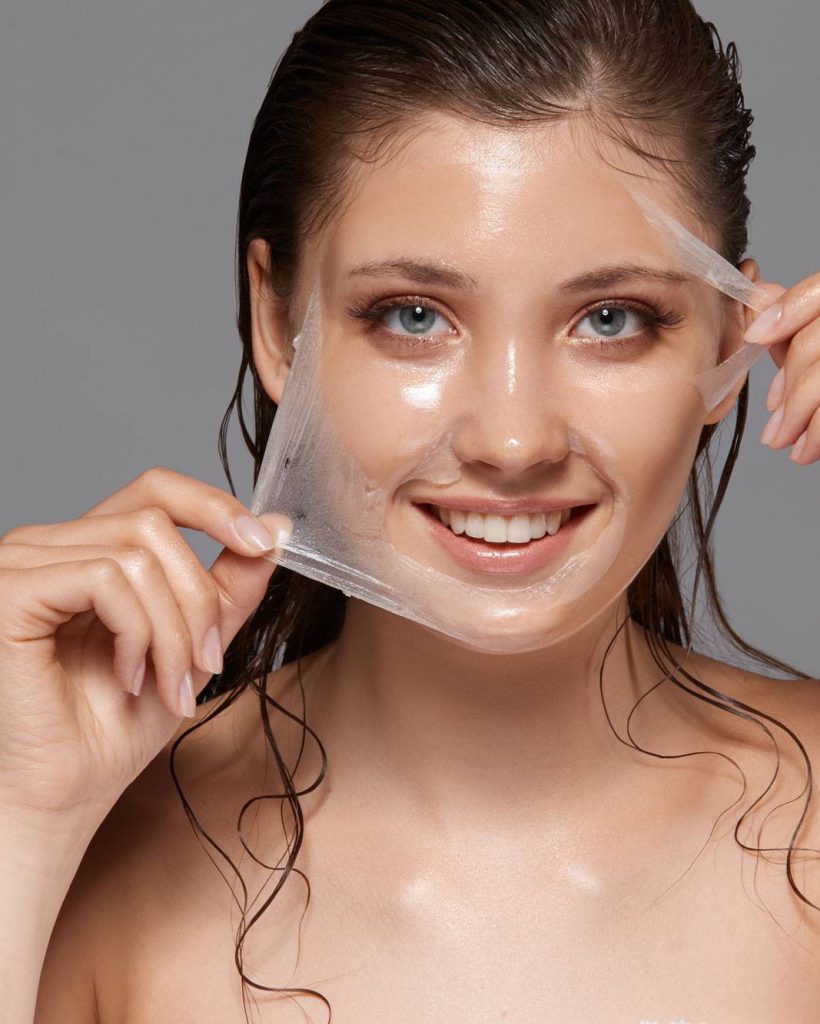Op.Dr. Ahmet Caymaz | KBB Hastalıkları. Baş & Boyun Cerrahisi Uzmanı – İzmir
Peeling

Peeling Application Areas
Chemical peeling and microdermabrasion is the process of peeling off the upper surface of the damaged skin.
With this application, wrinkles, pores, pigmentation changes, small sagging of the skin and looseness are reduced.
The chemicals used in peeling are selected at a density that can reach various depths. If the problem is in the upper layers of the skin, products with less density (salicylic acid, glycolic acid) are preferred, and if the problem is in the lower layers, peelings with higher density (TCA around 30%) are preferred.
Who is not recommended for chemical peeling?
- Those who are in active breastfeeding or pregnancy,
- Those who are allergic to chemical peeling components,
- Those who have active infection or open wounds in the application area (herpes simplex, impetigo),
- Those with keloid or hypertrophic scars,
- Those with bleeding abnormalities (such as thrombocytopenia),
- Those who have applied deep chemical peeling and/or dermabrasion to the application area within the last 6 months,
- Using isotretinoin in the previous 6 months.
Although the process varies according to the type of chemical peeling chosen and the depth it will affect, it takes approximately half an hour. Post-process UV protection is very important. It is also extremely important to use the creams (home continuation products) that should be applied after the procedure regularly.
Peeling
How about getting more detailed information about it? ENT diseases, head and neck surgery specialist Dr. You can use the link below to get a detailed preliminary examination by Ahmet Caymaz.

